
Noor Unnahar in the world of Instapoetry
Instapoetry is a phenomenon that has attracted research interest lately by people like literary and poetry expert Kila van der Starre. Like the term already suggests, Instapoetry is simply poetry, but instead of it being printed in some book, it is posted on Instagram, a social media app that basically everybody (and everybody's mom) uses on a daily basis. Society seems to be quite split about this phenomenon - some see it as the invention of the century because of its aesthetic and easy accessibility, while others reject it for exactly that reason. In order to determine whether Instapoetry is a wonderful development that we should all be applauding or whether it should be eradicated as soon as possible, I will examine poetry by Noor Unnahar, who is also known as @noor_unnahar on Instagram.
The utilization of multiple media
When Noor Unnahar posts her poetry on Instagram, she does not simply write her poetry in her iPhone’s notes app and calls it a day - she incorporates handwritten text, photography, and tactile collages to communicate themes of hope, family, Pakistani culture, and self-love. She starts out by writing her poems the old fashioned way in her notebook, but this hand-written poem is then always paired with a collage artwork.
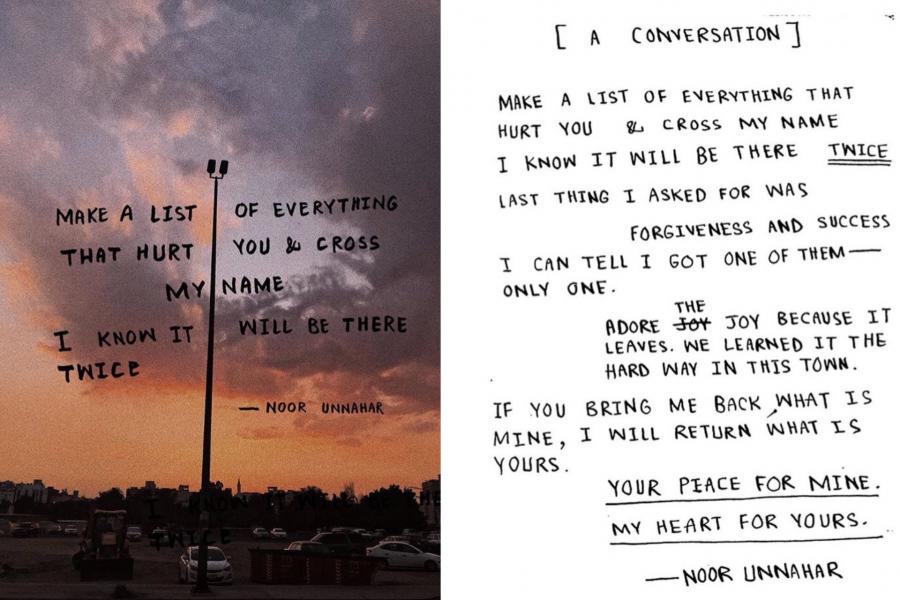
Figure 1: Example of a poem by Unnahar edited onto an image
On top of that, the poet also incorporates an element of photography into her poetry on Instagram, by also paying attention to the backdrop of her images. Every now and then she even transfers her poem onto a picture she took, which Figure 1 is an example of. Noor Unnahar thus likes to play with the boundaries of multiple media while creating her art, and as a result of that, she transforms her poems into a source of multimediality.
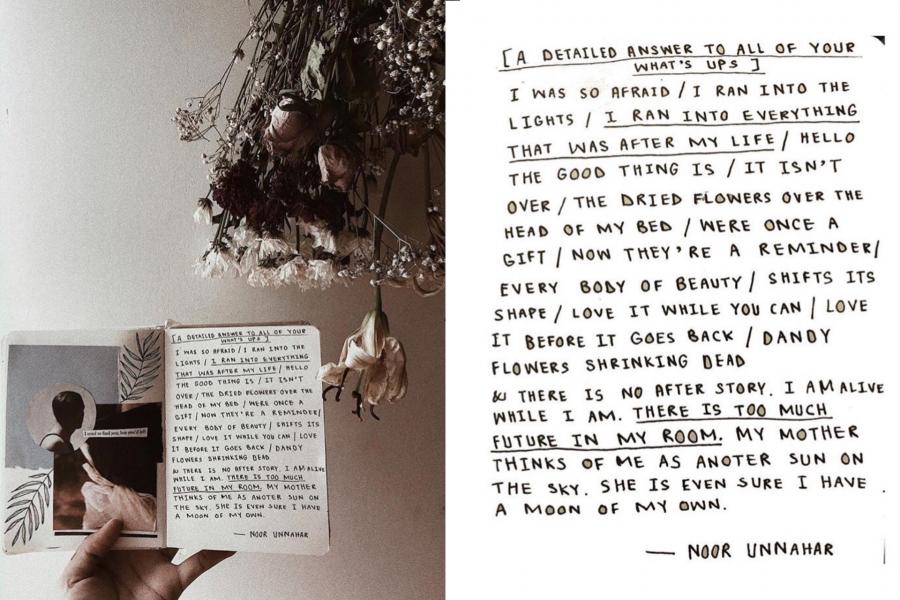
Figure 2: Example of a handwritten poem by Unnahar next to the scanned-in version
When posting her poetry on Instagram, Unnahar always makes sure to document her poems in two different ways - one part of the post is a picture of the poem in her notebook with the corresponding tactile collage next to it, while the other part is a more modern version of her poem. For this latter part, she either scans-in her handwritten poem or she types it out in digital form.
This transfer of the poetry in the notebook to the poetry being digitally typed-out also showcases that Noor Unnahar’s works involve a transposition from one medium to another. This means that Unnahar’s poems do not only have an element of multimediality but one of transmediality as well. On the one hand, Noor Unnahar’s poetry is thus very authentic, as it features the traditional way in which it is written by simply putting pen to paper. On the other hand, however, it also fits in perfectly with the 21st century because of the modern way in which the poems are digitally scanned-in.
The cooperation of old and new
Henry Jenkins has described a convergence culture in which old and new media interact in innovative ways (Jenkins, 2006). This is exactly what Noor Unnahar taps into when posting her poetry on Instagram. By transforming her poetry into an artwork of multimediality, Noor Unnahar veritably utilizes both old and new media. Not only does the poet blend poems that are traditionally handwritten on paper with poems that are digitally typed-out, but she also creates a combination of more old-fashioned art creations like scrapbooking and more modern creations of art like photography.
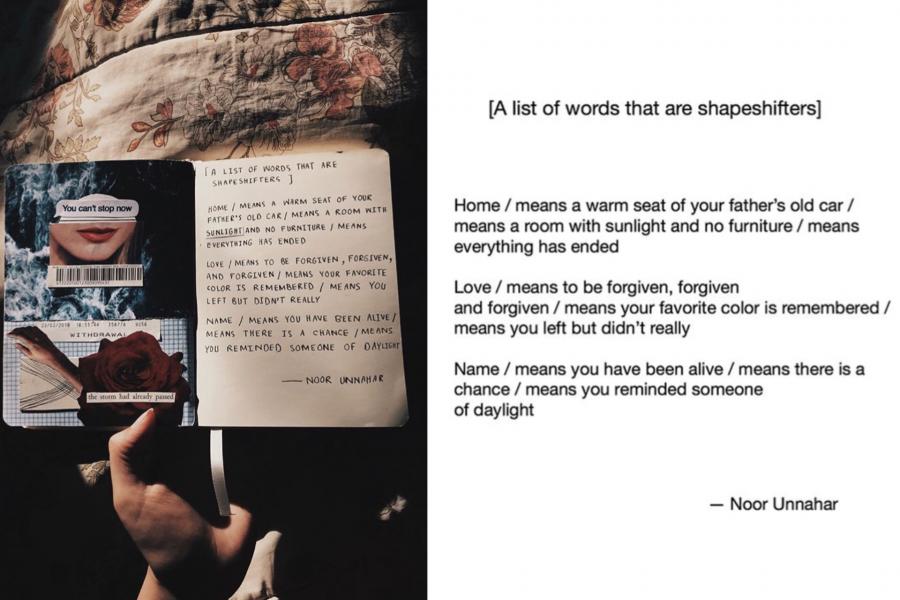
Figure 3: Example of a handwritten poem by Unnahar next to the typed-out version
The fact that old and new ways of writing poetry come alive in Noor Unnahar’s poetry on the platform of Instagram is quite an interesting coincidence, considering that the entire platform is based on the mingling of old and new media. The way Instagram is set up, with not only the Instagram icon but also the white borders surrounding the posts, it refers back to the instant picture. The platform thus intimates the interaction between new and old media, just like Noor Unnahar does in her poems.
The mix and match of instantaneity and authenticity
Initially, the term "Instagram" was supposed to refer to the way in which users would be able to instantly share the pictures they took with the rest of the world. It was supposed to give the process of taking and sharing pictures a more direct aspect, but as anyone who has spent more than five minutes on the platform already knows, this is not what Instagram turned out to be. Users spend hours upon hours trying to take the perfect picture, after which they will doubtlessly spend even more time trying to perfect by editing it and putting a filter over it. There are thus a lot more layers to taking and posting pictures nowadays.
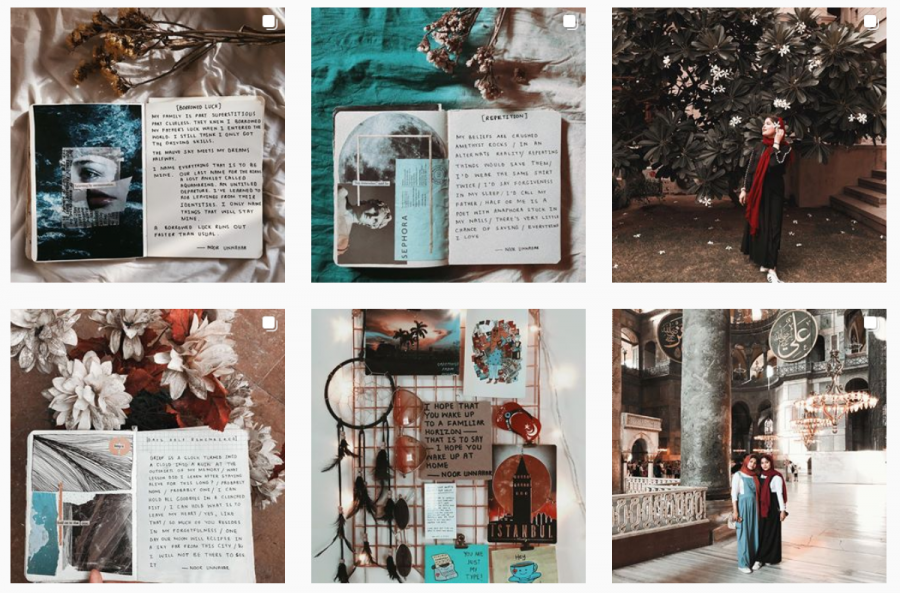
Figure 4: Example of what Unnahar’s Instagram looks like
Noor Unnahar seems to have picked up on this process of trying to create the perfect Instagram post as well. Looking at Figure 4, it becomes clear that she pays attention to the way in which her posts line up with one another. All her posts are part of the same color scheme, which gives her Instagram an aesthetically pleasing look. This shows that, although Instagram’s initial intention might have been to create a space in which users would immediately share their creations, even the Instapoets have fallen under the spell of trying to create the perfect Instagram profile. Because of this process of perfecting your posts, the immediate element of Instagram has gotten lost over time.
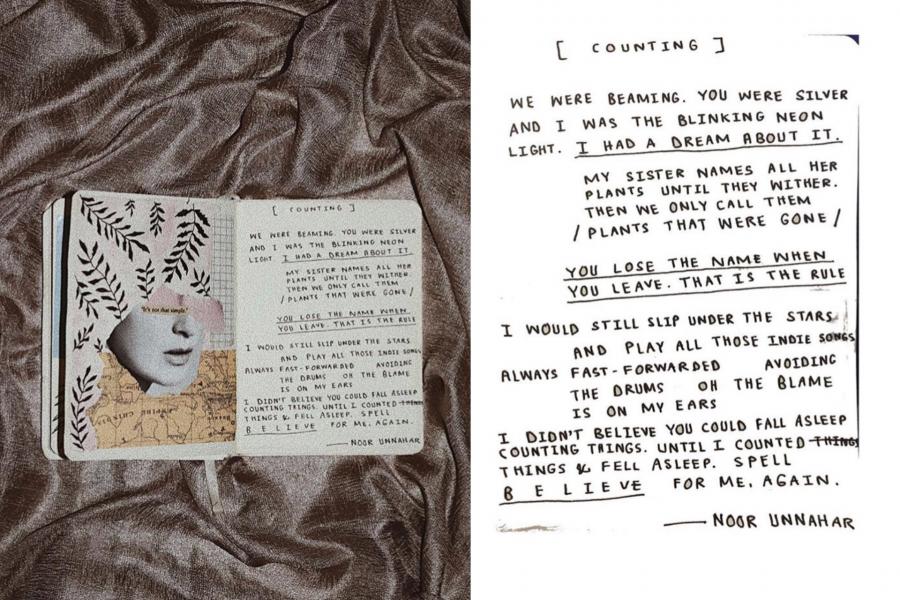
Figure 5: Example of a poem by Unnahar including a writing error
What goes against this notion of aiming for perfection is the fact that Noor Unnahar also shows a more honest, less perfect side in the creation of her Instagram posts. In a lot of her poetry, Unnahar leaves in potential writing or spelling mistakes, like in Figure 5. She simply scribbles out the wrong part and posts it like it is. This imperfect element in Unnahar’s poetry is more in line with Instagram’s dream of being a platform on which there is a collapse between when the picture was created and when it was shared. The fact that Unnahar does not edit out the writing errors in her poetry creates the sense that she instantly shared her creation after writing it, instead of redoing the image multiple times.
The distracting nature
When looking at Unnahar’s Instagram and poetry at first glance, you will probably only get to marvel at the artwork surrounding her poetry and at how put together her Instagram profile looks. When getting a closer look at what she is actually communicating in her poetry, however, you will start to realize that many of Unnahar’s poems on Instagram have a harsh and almost melancholic undertone. This honest note can very easily be lost on you when you are not looking further than the aesthetic of the tactile collages and photography. It is so easy to only focus on the overall picture, which is so perfectly thought out with regard to the colors, the background, and the artwork surrounding it, that you almost forget to really read what Noor is trying to say.
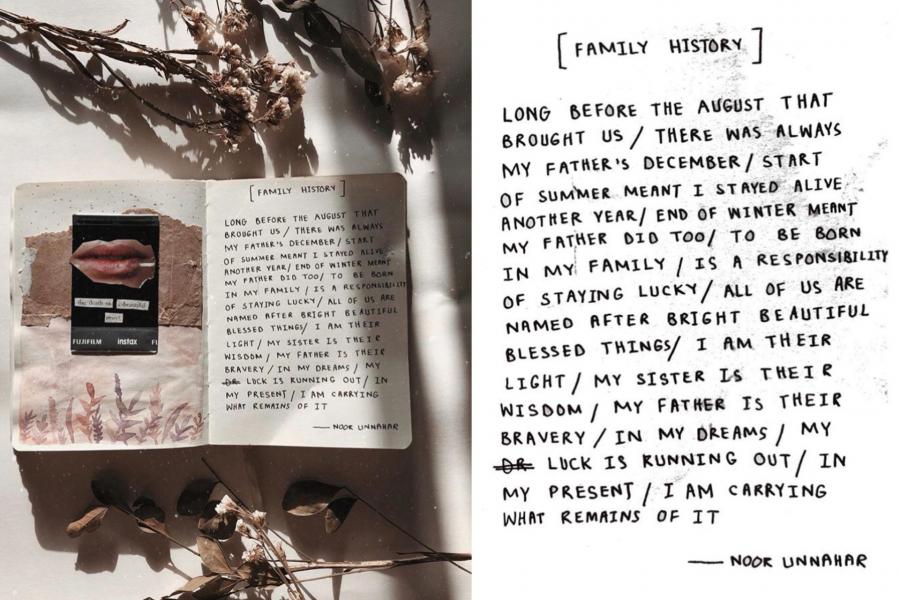
Figure 6: Example of a poem by Unnahar
According to Marshall McLuhan, the medium is the message, which essentially means that a medium is anything that affects us, anything that changes our society or the way we think about it (McLuhan, 1994). With this theory comes the idea that the medium is actually distracting us from the message it is trying to send. The medium draws our attention away from the real "horrors" that the medium is trying to communicate, which is also the case with Noor Unnahar’s poetry.
The four-layer model
Of course, when attempting to accurately analyze the flood of poems that resurface on Instagram nowadays, one cannot solely look at what is being said in a poem - the way in which it is being said is also of importance. Noor Unnahar's poetry covers themes ranging from hope to family to Pakistani culture to self-love, but in order to get a full understanding of how these poems operate in the daunting world of Instapoetry, one also has to analyze the four layers that constitute an Insta poem: the device, the app, the materiality, and the carrier.
When applying this model to Noor Unnahar’s poetry, we can define her device to be her iPhone, on which she edits and shares her poetry. Although she does not create this poetry on her iPhone, as she brings her poems to life in her notebook, her poetry really starts to take shape once the poems are transferred to her iPhone. This is the device that Noor utilizes to add filters, make her poetry part of the other content on her Instagram account and share it with the rest of the world. This device is what transforms Noor’s poems into what we now know as her Instapoetry.
The second part of this analysis includes the app, which refers to the way in which Instapoetry creators pay attention to how their Instagram pictures and poems work together. The same counts for Noor Unnahar. Not only does she look at how her poems work with her artworks, but she is also attentive to how her pictures fit together on her Instagram feed. She tries to stick to a certain theme featuring a certain color that all her posts follow in order to give her account an artistic appearance.
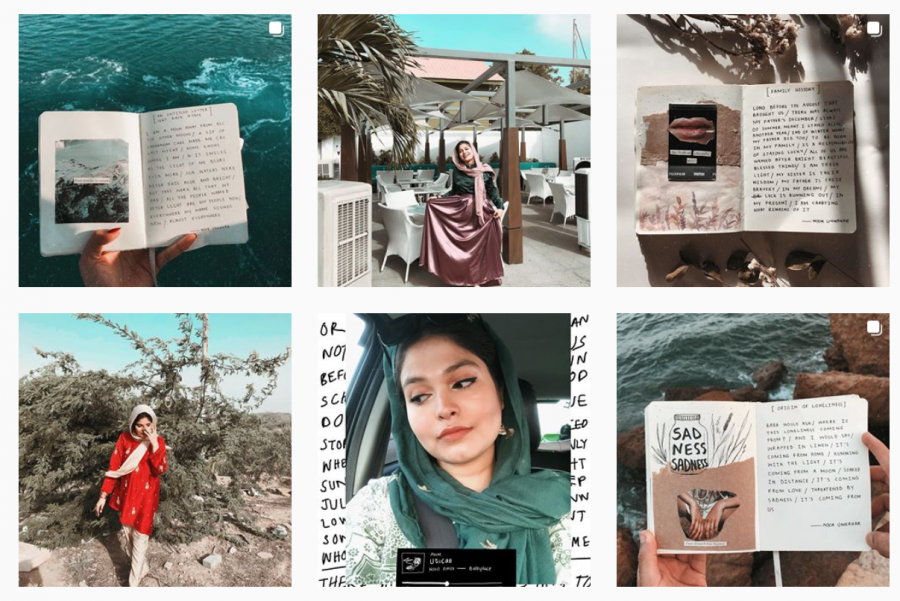
Figure 7: Example of Noor Unnahar's Instapoetry
The materiality element of this analysis refers to the illustrations, pictures, typography, etc. that are also part of the meaning of the poem. Noor Unnahar translates this multilayered essence into her Instapoetry by either accompanying her poems with a collage artwork or a piece of photography that contribute to the content of the text. Moreover, the way in which the poem is physically written also has a place when it comes to the construction of the meaning of the poem. The leaving in of mistakes and crossing out of words namely also play a part in how we read Unnahar’s poetry.
Finally, the carrier refers to the actual material that was utilized for the creation of the poetry before it was photographed and shared on the Internet. This can be scraps of paper, but also an empty digital document. Noor Unnahar’s notebook that she puts to use in order to create both her collage artworks and her poems can also be construed as the carrier of her poetry.
The commercialization
There is also an element of entrepreneurship attached to Noor Unnahar’s poetry. Because her works got so much attention on social media, she was able to publish her first collection of poems called “Yesterday I Was The Moon”. The publication of her poems might have been very exciting for Unnahar, but this commercialization of poetry is exactly what critics are losing sleep over. They believe Instapoets to only be in it for the money.
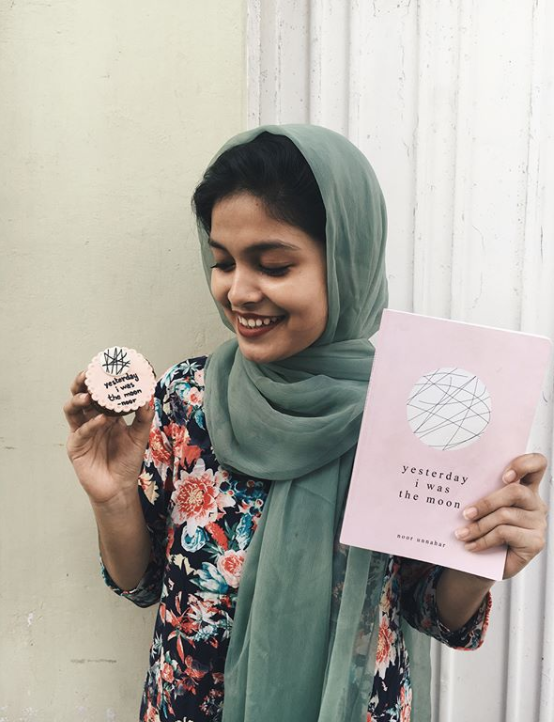
Figure 8: Unnahar with her first published poetry collection
Others see this commercialization of poetry as simply being part of the Instapoetry industry. Creating poetry on Instagram has now become a full-time job, just like creating poetry in the offline world is. Defenders of this commercialization of Instapoetry think it is not too crazy to say that Instapoets also deserve to be paid for simply doing their job.
The conclusion
In the end, Instapoetry researcher Kila van der Starre (2012) came to a certain conclusion in her article published on Dbnl with regard to how Instapoetry can be characterized. On the one hand, looking at the positive side of things, Instapoetry is real, sincere, and original. However, as aesthetically pleasing as this poetry on Instagram might be, the way in which it is visualized might actually turn out to be pretty distracting from the honest message it is trying to convey. Whether you are a fan of her poetry or not, I think it is fair to say that Noor Unnahar’s art posted on Instagram perfectly matches this sincere yet slightly cynical judgment.
References
Jenkins, H. (2006). Convergence Culture: Where Old and New Media Collide. New York; London: NYU Press.
McLuhan, M. (1994). Understanding Media: The Extensions of Man. Cambridge.
Van der Starre, K. (2012). De 'o' van Lampe: 'Je wilt in het gedicht blijven' De poëtische aanwezigheid van de dichterlijke stem. Retrieved from: https://www.dbnl.org/tekst/_voo013201201_01/_voo013201201_01_0006.php